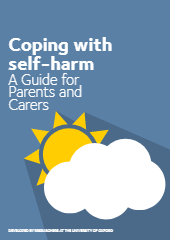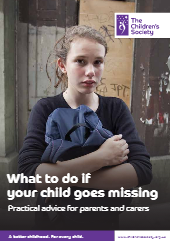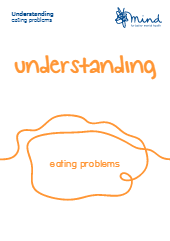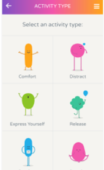The “Solution-focused Practice – A Toolkit for Children & Young People” is a practical guide developed by NSPCC for professionals who work with children and young people between the ages of 5 and 19. The toolkit is particularly useful for practitioners who have some background in solution-focused practice and are in search of additional resources.
The solution-focused approach is distinct because it helps individuals look to the future they desire, instead of dwelling on their problems. It leverages the existing skills, strategies, and ideas of the child or young person, treating them as the expert in their own life. This method encourages positive changes by asking questions that guide young people towards achieving the future they want.
With 44 different tools, games, activities, and exercises, this toolkit is designed to be a comprehensive resource for professionals. It helps in engaging children and young people at each step, making it easier for them to envision and work towards a better future.
Contents
- Explaining the solution-focused approach to children
Exercises, games and activities to keep a child interested and engaged in the work at each step of the way.
Tools & activities explained/provided:
‘My journey’ overview
Ladders and tool bags
Jamie’s story
- Problem-free talk
Ways to listen to children and acknowledge what they tell you, while listening out for ways that you can draw the conversation towards solutions.
Tools & activities explained/provided:
My likes and strengths
Strength cards
My strengths shield
Drawing and writing exercises
Outdoor activities
- Establishing what is wanted: the destination of the work (best hopes)
Questions, tools and resources to ask the child or young person what they would like to achieve through your work together.
Tools & activities explained/provided:
Identifying the child’s best hopes
Crystal Ball
Which one do I want to be me?
Traffic lights
My hopes
Changing the channel
Talking through puppets
Using spider diagrams
- Describing what is wanted in detail: the preferred future
Worksheets and activities to help the child or young person to envisage future, with their best hopes achieved, and to bring this to life as a possibility.
Tools & activities explained/provided:
Waving a magic wand
The miracle day part 1
The miracle day part 2
Drawing a time machine
Play-acting the child’s preferred future or using props
Using the sand tray
Writing a letter from the future
- Working toward the preferred future: instances, exceptions and scaling questions
Instances, exceptions and scaling questions to identify behaviours and activities that are already helping a child to move towards their preferred future, and that can help them move closer still.
Tools & activities explained/provided:
Instances of my preferred future
Climbing a mountain
Climbing the ladder
Taking off…
Scaling with physical objects
Active scaling
- The solution team
Identifying who in the child or young person’s life support them and will be able to help them towards achieving their best hopes.
Tools & activities explained/provided:
The helping hand
My solution team
Who is important to me
Drawing your solution team
Using buttons to describe the solution team
- Building on success
Using homework and experiments for a child to practice after a session and using follow-up sessions to build on previous conversations.
Tools & activities explained/provided:
Check list
Paint the hand
Making an origami fortune teller
Making an achievement wall
Making a ‘moments of success’ scrap book
Salt jar strategies
- Planning and working toward endings
Keeping a record of the strengths, coping skills and achievements a child has made, which they can keep after the work has ended.
Tools & activities explained/provided:
Cartoon strip
Making a vision board
Making a keepsake box
Creating affirmation cards
Designing a certificate
- Further resources
Books and resources to support and extend this toolkit.
- Appendix: tools to use with children and young people









